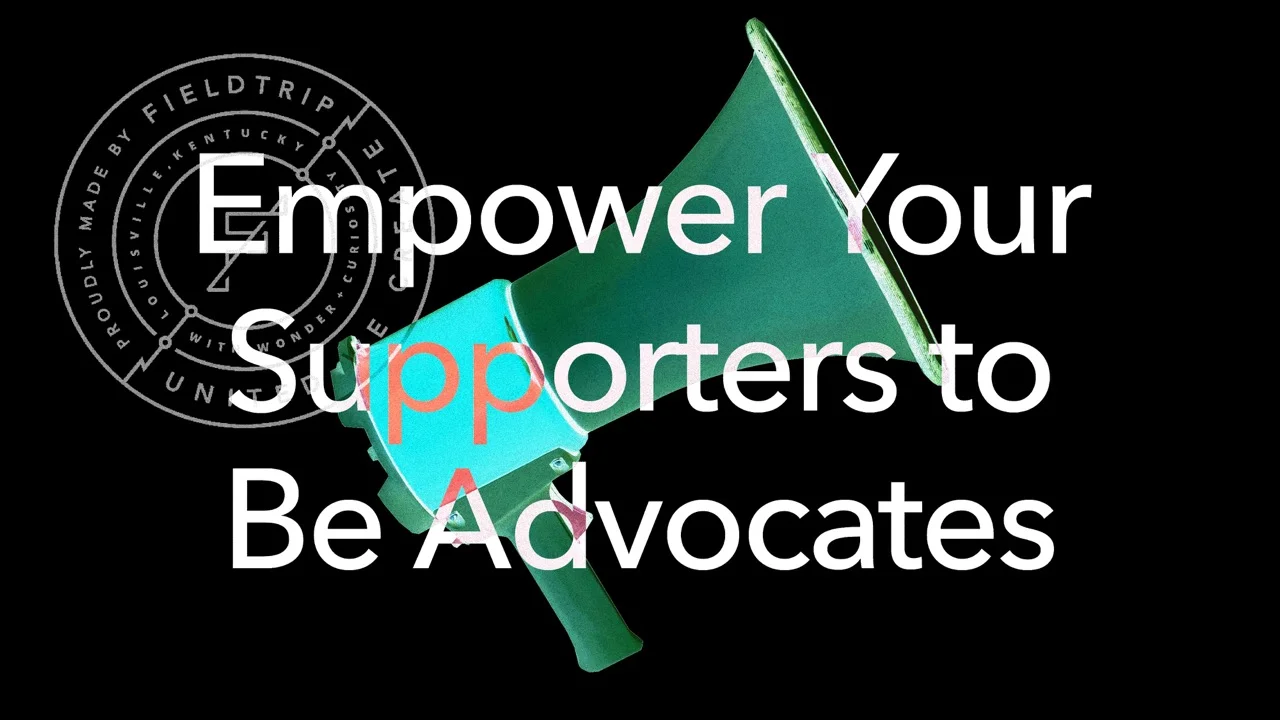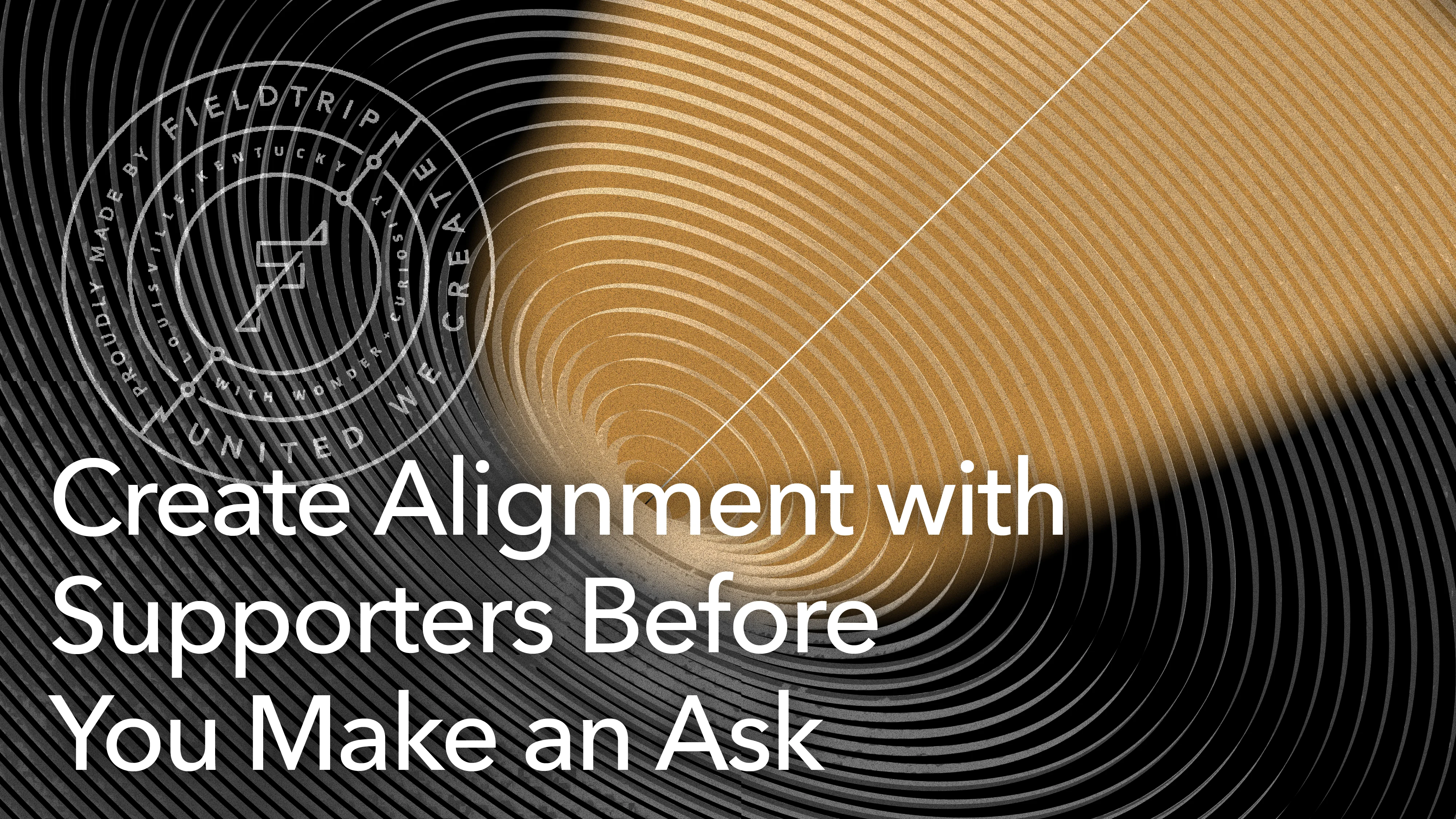Last week I talked about the difficulty when you lose an opportunity, even especially when it seems like a layup and everything is pointing towards getting a yes. Well, there’s a lot to be learned from being a loser. And that word loser is one that we typically avoid. It sounds harsh, but it’s the truth. You had a chance- it’s no longer yours. You’ve lost that opportunity and that door is now closed. I’ve learned that there is a lot to learn from losing, but you have to ask for it and you have to set the stage for it. So we’re going to continue to talk about fearless feedback today. We have to have the participation of the other person or organization that we’ve been speaking with. You know, the person who told you no. This seems logical and possibly simple, but it really isn’t. Because most people will avoid this candid open, honest conversation. We don’t like conflict. We don’t like difficult conversations. And really, their decision was made off of a gut feeling. Yes, they might have a score or a score card that they used, but there was an emotional decision that was rationalized with a score and they don’t know how to explain that kind of gut feeling that they had that led to their decision. So you have to plant the seeds to get fearless feedback early in the conversation. Don’t ask for criticism or feedback. Ask for fearless feedback. This concept comes from Steve Jobs, and it has two very simple rules. First, ask if this is a good time to offer or receive fearless feedback. You don’t want to have this conversation when they’re distracted by their two year old while they’re in a virtual meeting, or they’re just getting caught up to speed. And the rest of the team has maybe spoken with you a time or two. The second rule is that you have to assume the best intentions. Maybe you lost because you scored low on meeting their standard for diversity inclusion, and candidly, you didn’t know that was even a criteria. You have to assume that they did not intend to withhold information and listen and probe for it. How could you have found that out? Should this be a standard element of every application or presentation moving forward? Apple uses this process in evaluating their customer service team. It really was intended for internal conversations and employee feedback, but I found it to be just as helpful in a sales or evaluative external process. You know, the trick is that you have to give it first and that you constantly have to ask for it and consistently throughout the sales process, not just when the answer is no. And here’s how. So at the very beginning, of the conversation, put this in your own words. We at Fieldtrip believe in fearless feedback and we’ll offer it and accept it throughout this conversation or presentation or application process. If at any point in the conversation either of us feels like there isn’t a fit, can we agree to tell each other that it will save us time and we can part as professional friends? So now that you’ve established this, you have to exercise it, ask for it at various stages throughout the conversation or the process. Only then can you request it when the answer doesn’t go in your favor. So by doing this, it will improve your chances. You’ll hear “yes,” more likely because you help them express the things that are tough to translate into actions.



